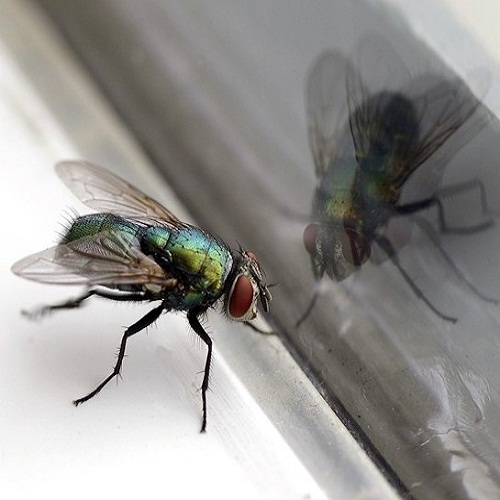A drive system for autonomous robots with flapping wings has been developed by a University of Bristol team.
The researchers believe it could pave the way for smaller, lighter and more effective micro-flying robots for environmental monitoring, search and rescue, and deployment in hazardous environments.
Typical micro-flying robots use motors, gears and other complex transmission systems to achieve the up-and-down motion of the wings which adds complexity, weight and potentially undesired dynamic effects.
Taking inspiration from bees and other flying insects, the researchers demonstrated a direct-drive artificial muscle system, called the ‘Liquid-amplified Zipping Actuator’ (LAZA), which achieves wing motion using no rotating parts or gears.

The LAZA system greatly simplifies the flapping mechanism, enabling future miniaturisation of flapping robots down to the size of insects.
The team expects LAZA to be adopted as a fundamental building block for a range of autonomous insect-like flying robots.
Dr Tim Helps, lead author, said: “With the LAZA, we apply electrostatic forces directly on the wing, rather than through a complex, inefficient transmission system. This leads to better performance, simpler design, and will unlock a new class of low-cost, lightweight flapping micro-air vehicles for future applications, like autonomous inspection of off-shore wind turbines.”
Professor Jonathan Rossiter added: “Making smaller and better-performing flapping-wing micro robots is a huge challenge. LAZA is an important step toward autonomous flying robots that could be as small as insects and perform environmentally critical tasks such as plant pollination and exciting emerging roles such as finding people in collapsed buildings.”
Last September, another team demonstrated microchips the size of a grain of sand with the capability to fly that could help to monitor airborne pollution and disease.
Source: E&T










